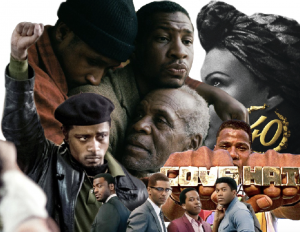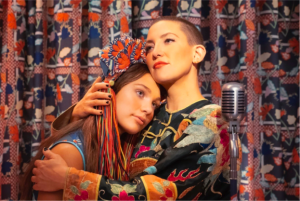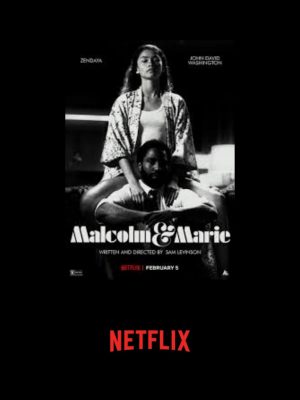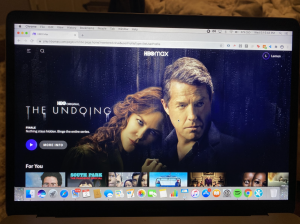‘Raya and the Last Dragon’ revolutionizes traditional portrayal of Disney princesses
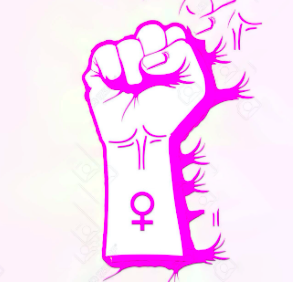
Graphic by Allison Gillman ’23
Disney’s new “Raya and the Last Dragon,” which was released on Disney+ on March 5, 2021, demonstrates the complexity and capability of well-developed female lead characters. In addition to phenomenal storytelling, both the protagonist and antagonist in the film are skilled, nuanced women with passions, issues and strengths.
Disney’s princesses have come a long way since the release of “Snow White and the Seven Dwarfs” in 1937. Though these wildly popular characters have attracted the attention of myriad young girls, we must ask ourselves whether Snow White paved the way for subsequent princesses, or set a toxic precedent.
More recent Disney princess movies like “Mulan” (1998), “Brave” (2012) and “Moana” (2016) defied the traditional patriarchal roles that princesses like Cinderella, Rapunzel, Ariel and Aurora were confined to. In Disney’s “Raya and the Last Dragon,” released in early March 2021, the leading female characters in the story smashed the prevailing sexist, homogenous culture of previous Disney princess films.
On her quest to restore peace and stability to her divided nation, Raya, the main character, is portrayed as a highly skilled warrior woman. A staple of Disney princess culture, Raya has an animal sidekick, a pill bug and dog hybrid named Tuk Tuk who serves as both adorable best friend and high speed, off-road utility vehicle.
More than anything, the nuance and complexity of Raya’s character embodies a true human experience. There is no denying that the vast majority of Disney princesses follow the personal narrative of “I want more than I have.” In the case of Raya, she has well-developed strengths, weaknesses and priorities that many viewers can relate to.
Raya displayed deep-seated trust issues after Namaari, a princess from one of the other lands, betrayed her early in the movie. She has difficulty trusting the companions she meets on her adventure who want to help her. Raya’s trust issues give her depth because viewers see her expressing overly cautious behavior uncharacteristic of other Disney characters, such as checking food for poison and completing collaborative tasks on her own.
Raya disguises much of her distrust with witty sarcasm, adding another dimension of quirkiness and humor to her character. Even more, the audience sees Raya actively working to overcome her distrust and eventually lead her united land.
The lack of a dominant male romantic interest only adds to the power of Raya’s story. Except for Raya’s father, who teaches her values that champion unity, she is the first Disney princess to embark on an adventure without help or resistance from a male lead. To young girls around the world, this sets an example to appreciate their own value. It is proof that they do not need a powerful man to validate their participation in any endeavor.
Many viewers likely picked up on the prospect for Disney’s first LGBTQIA+ princess, as the relationship between Raya and Namaari danced around an “enemies to lovers” trope throughout the film. This new element takes steps towards the inclusion of sexual minorities that should have been taken far earlier. There is tremendous opportunity, in this respect, to build an inclusive and diverse environment in the Disney library.
Namaari further serves as incontestable proof that a person does not need long hair, rosy complexion and an impossibly small waist to call themselves a princess, or even meet long-established standards of beauty. Namaari’s resolve, leadership skills and compassion for her people are inspiring, and her role as the central antagonist defies the stereotype around men making the best villains.












































